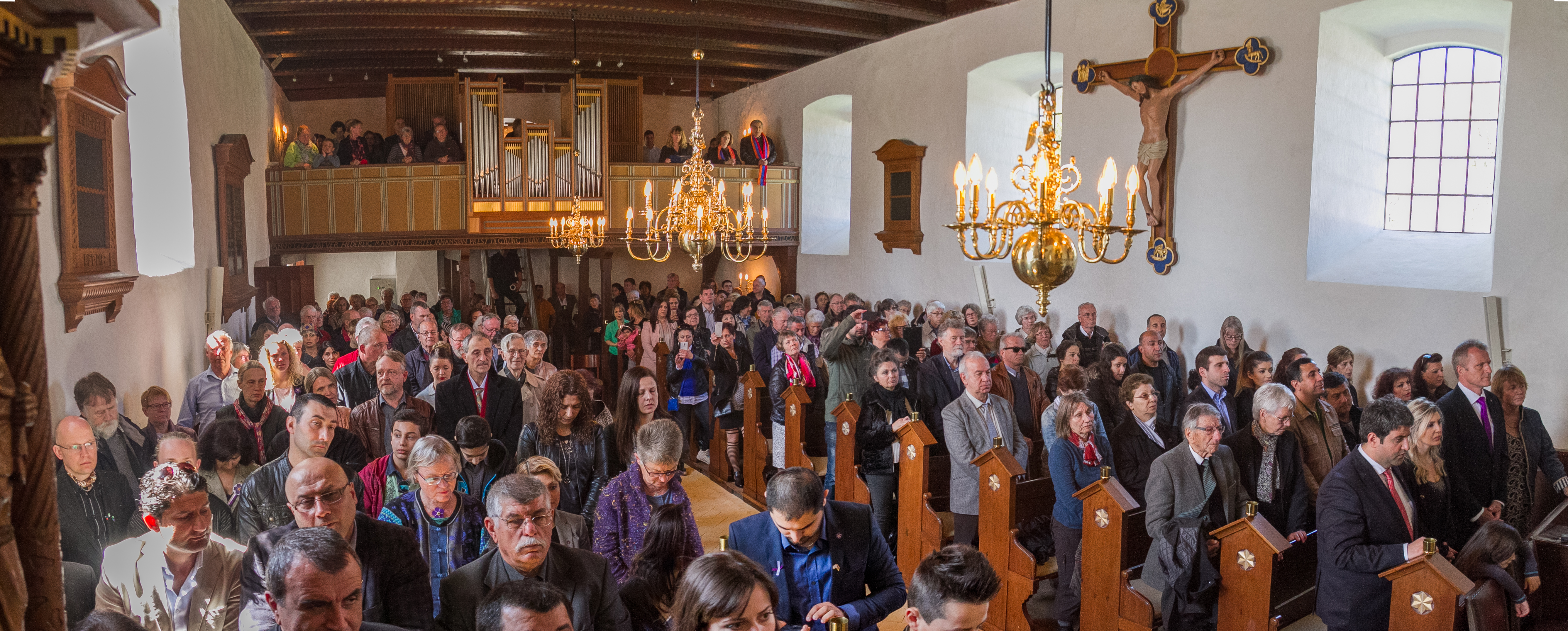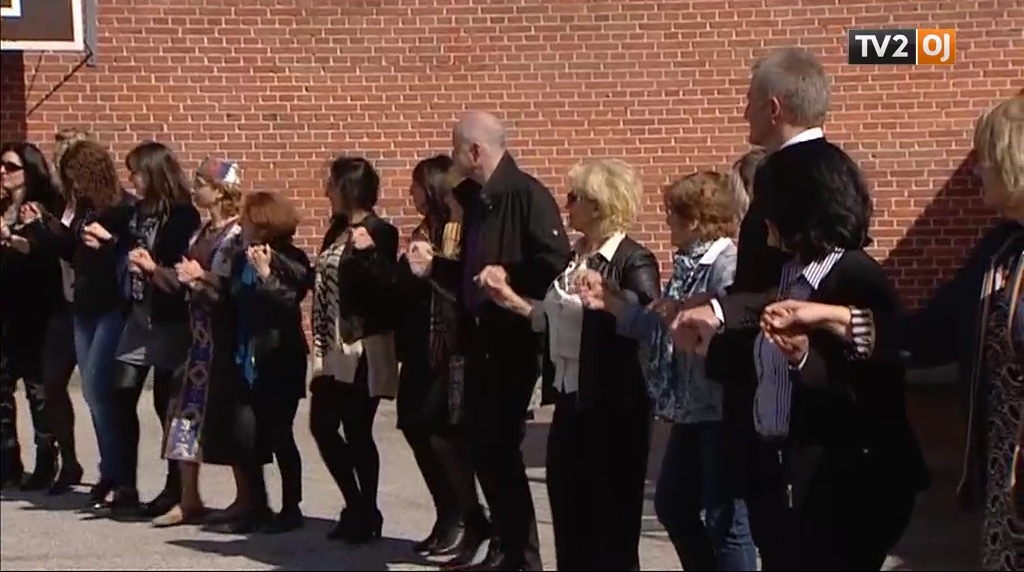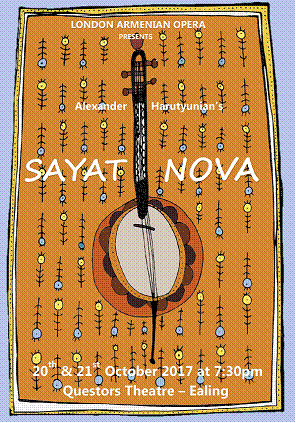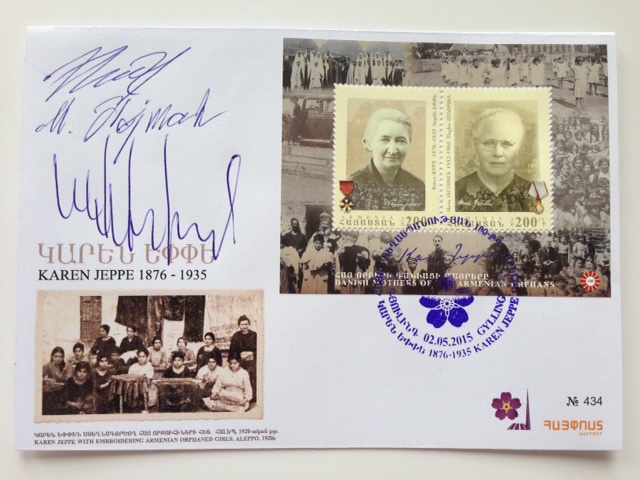e-mail: This email address is being protected from spambots. You need JavaScript enabled to view it.
All rights reserved.
"Sayat Nova" in London
Shakeh Major Tchilingirian | 7.10.2017
London Armenian Opera is staging Alexander Harutyunian’s (1920-2012) “Sayat Nova” opera at Questors Theatre on the 20th and 21st October 2017.
Written in 1967, the opera is a musical pastiche based on the songs of the famed Sayat Nova, the 18th c. ashough or troubadour. Harutyunian presents the much-loved minstrel through his intense feelings, enormous musical talent and love for his homeland.
I am very excited about this fifth production of London Armenian Opera. As choreographer and performer, I am fuly enjoying the rehearsals. It is a pleasure meeting and collaborating with talented fellow dancer Fran Mangiascale.
The amazing cast includes the dedicated LAO singers (an extension of my family) with Berj Karazyan, Anais Heghoyan, Aris Nadirian, Arshak Kuzikyan, Stephen Mills and Garo Karabeyekian under the masterful baton of Levon Parikian. Natalia Sookias and Edward Sutton will be working their magic to make this production quite unlike any other ― not going to give away any secrets here.
It is a great pleasure to collaborate again with artistic director Aris Nadirian and director Seta White. The talented duo not only flourish in their individual fields, but also continue to inspire and engage. They facilitate opportunities for enthusiasts to explore Armenian operas with a difference – with a “breath of fresh air.”
When professionals and volunteers ― both from Armenia and the Diaspora ― come together with their passion, talents, dedication and above all love for music and dance, they create something wonderful and magical.
(video clip) ("Sayat Nova" opera)
_______________________________________________________________________________________________
Remembrance Day: “Circle of Life” in Cardiff
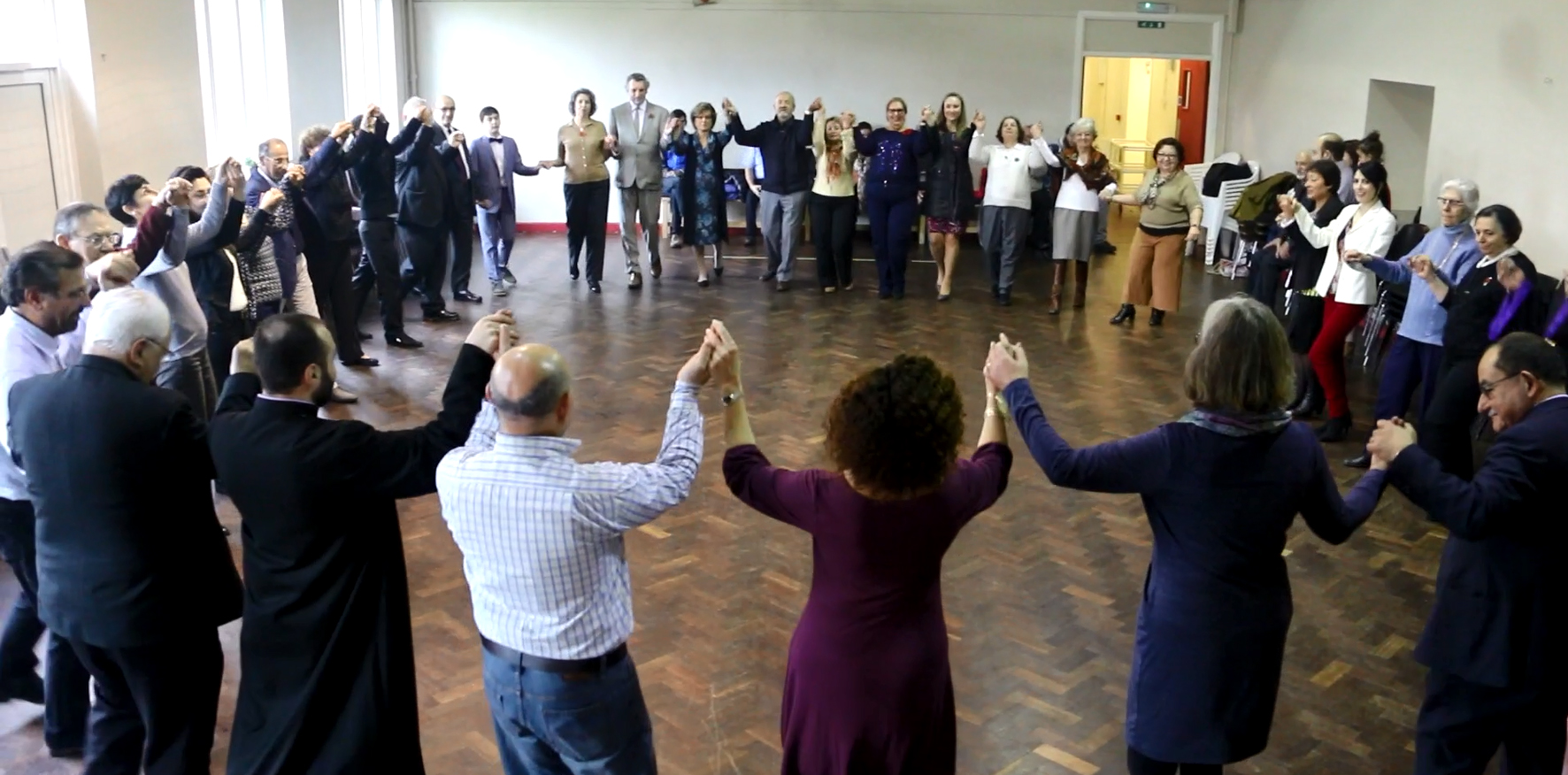
Shakeh Major Tchilingirian | 09.11.2015
The journey of the "Circle of Life" reached Cardiff on Saturday, 7th November, where Armenians from various places in Wales and beyond gathered, one day before Remembrance Day, at the Armenian Genocide Memorial in the Temple of Peace. A short service was held at the Armenian khatchkar memorial and on the occasion of Remembrance Day—the day when soldiers killed during World War I are remembered in Commonwealth of Nations.
Following the Divine Liturgy, celebrated by His Grace Bishop Hovakim Manukyan, I invited the congregation to take part in the “Circle of Life” Armenian circle dance ceremony. Conceived especially to commemorate the centenary of the Armenian Genocide, the “Circle of Life” also celebrates the triumph of Armenians over death and destruction. After a brief demonstration of the steps to the participants, I emphasised that the dance steps did not matter as much as the intention of holding hands and taking these steps together.
The first dance was a Gorani with the soul-awakening call of the zurna and the pulsating drums. Goranis are song-dances from Mush/Daron about lost love and lost land and the yearning for them. The second dance was one typically danced by Western Armenians who are the surviving descendants of the Genocide. With its closely linked arm-hold, it was defiant, grounded and full of hope. Everyone took part in the circle dance, including the children. One of the participants said, "We felt we were getting stronger and stronger by each step we took together.”
I was moved to see so many men and women, young and old, and little children take part with such passion and commitment. They embarked on this “life” journey fully engaged. It was a great honour and joy to see Bishop Hovakim Manukyan, the Primate of the Armenian Church, Father Movses Sargsyan and Canon Patrick Thomas take part in the circle dance ceremony with everyone, offering their blessing to the Circle.
Most touching was the participation of a Syrian Armenian family, a mother, her daughter and son, who had recently arrived in Cardiff after a terrible journey—they have no news about their missing father. This added to the poignancy of the experience. This “Circle of life” brought us, indeed, to a full circle: we remembered those who have suffered in the past and are suffering in the present and gave hope for better days ahead.
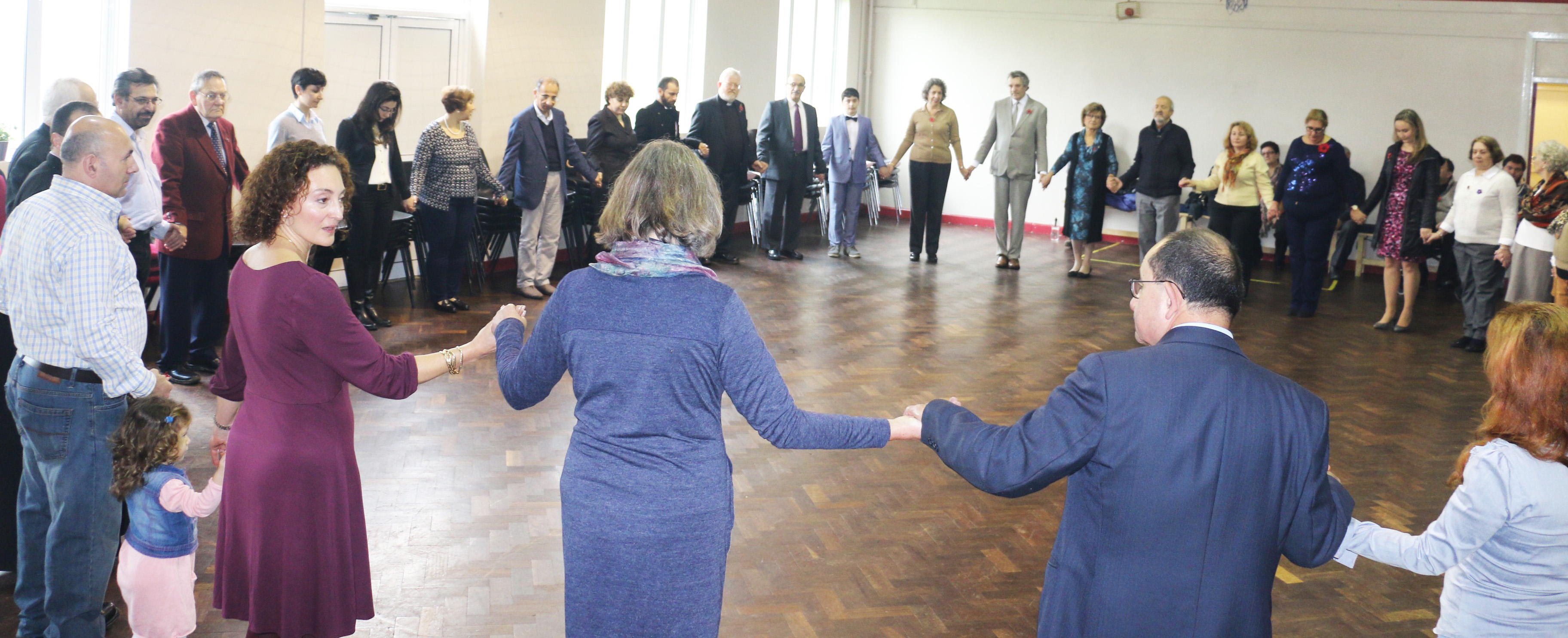
___________________________________________________________________________________________________
“Circle of Life” in Honour of Karen Jeppe
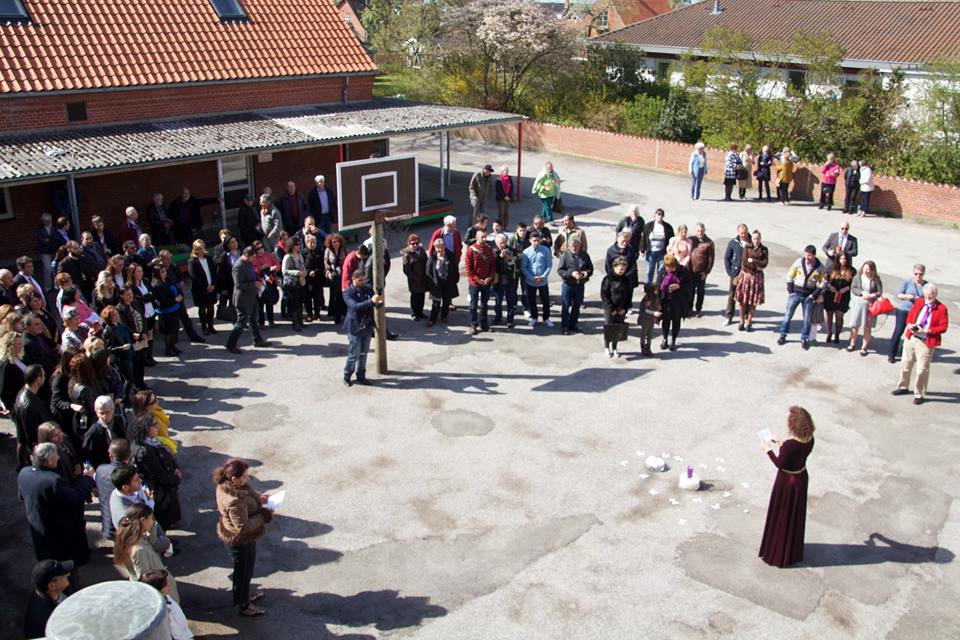
(photo by Hayk Gevorgyan)
“Circle of Life” Dance in Remembrance and Honour of Karen Jeppe
Shakeh Major Tchilingirian | 10 May 2015
The entire town of Gylling (about 300 km away from Copenhagen), the birthplace of Karen Jeppe (1876-1934), who saved and cared for thousands of Armenian orphans and women during the Armenian Genocide, came together, along with Armenians from different parts of Denmark, on 2nd May to take part in the ceremonies dedicated to this extraordinary women and great humanitarian.
I had prepared a specially conceived “Circle of Life” dance ceremony, which brought together some 300 Danes and Armenians in the courtyard of the local school. As a celebration of Karen Jeppe’s life, we all join hands and took steps together in memory of a woman who courageously stood against oppression.
Karen Jeppe was a daughter of the beautiful land of Denmark, but became "Eppe Mother" for the thousands of Armenians who found refuge in Aleppo. They found comfort and love under her care. She lived with her beloved children of Armenia until the end of her life.
The dance ritual and ceremony was dedicated to Karen Jeppe for what she did, but also for affirming today as Armenians and Danes that one hundred years later the genocidal project of the Ottoman Empire failed. We are still standing and celebrating the lives that were saved and will continue through future generations.
Yet, how abhorrent it is today that history seems to be repeating itself. Aleppo, the beloved city where Karen Jeppe lived most her life and is buried is once again a place of death and destruction nearly a century later. It was only recently that the 13th century Armenian Church and religious complex in this ancient city, along with the Armenian community centers, were reduced to rubble under heavy and senseless bombardment.
(Photo by Vartan Epremian)
